Home>Construction & Tools>Building Materials>What Division Is Stucco
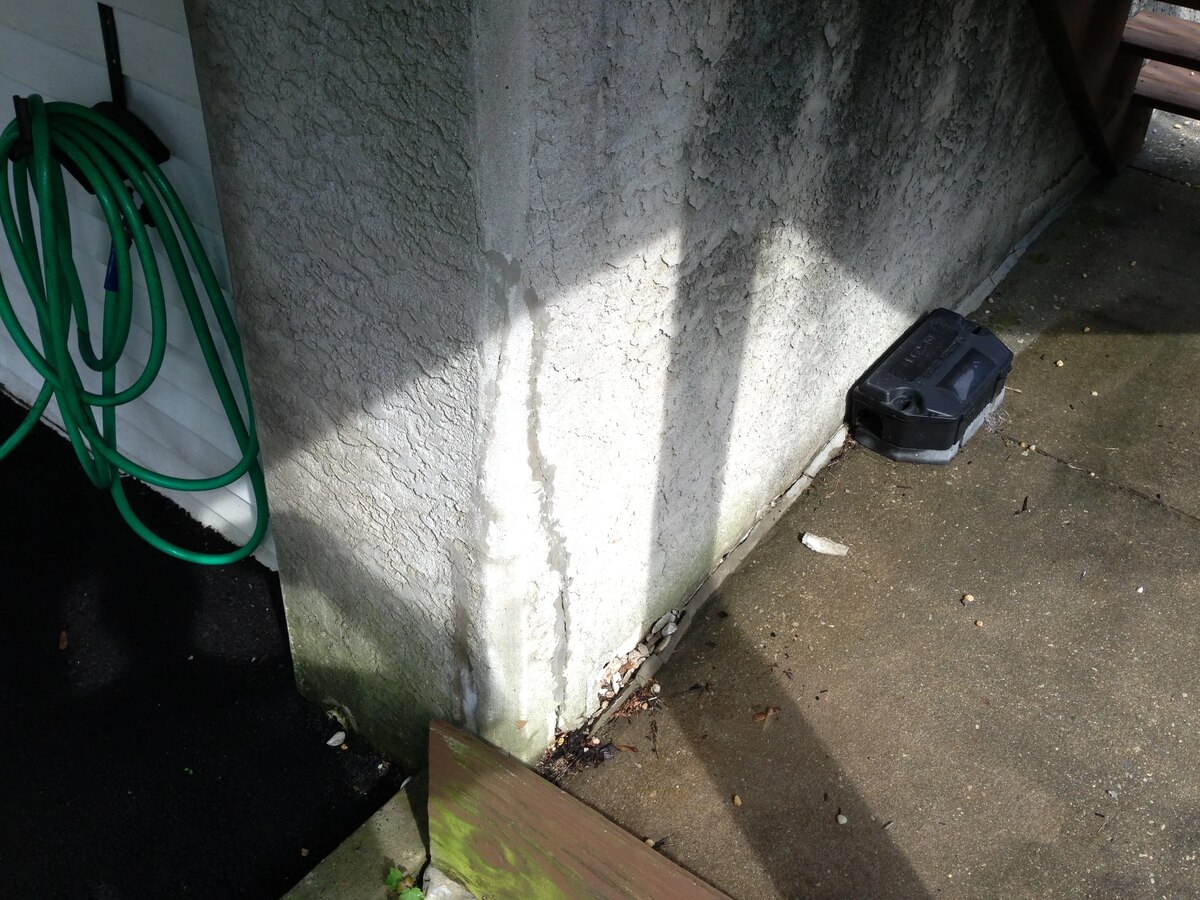

Building Materials
What Division Is Stucco
Published: January 17, 2024
Learn about the division of stucco and its significance as a building material. Explore the uses and benefits of stucco in construction projects.
(Many of the links in this article redirect to a specific reviewed product. Your purchase of these products through affiliate links helps to generate commission for Storables.com, at no extra cost. Learn more)
Introduction
Stucco is a versatile and time-honored building material that has been used for centuries to enhance the aesthetic appeal and structural integrity of buildings. Its remarkable durability, weather resistance, and design flexibility have made it a popular choice for both interior and exterior applications. In this article, we will delve into the world of stucco, exploring its various types, applications, and its role in different divisions of construction.
Stucco is more than just a building material; it is a testament to the craftsmanship and artistry of construction. From ancient civilizations to modern architectural marvels, stucco has left an indelible mark on the built environment. Join us as we unravel the mysteries of stucco and discover its significance in the construction industry.
Key Takeaways:
- Stucco, a durable and versatile building material, offers weather protection, insulation, and architectural flexibility, making it a valuable asset in residential, commercial, and institutional construction projects.
- With its rich history and enduring qualities, stucco transcends traditional and modern construction, providing a timeless blend of functionality, beauty, and sustainability for the built environment.
Read more: What Division Is Landscaping In Construction
What is Stucco?
Stucco is a traditional building material that has stood the test of time, tracing its origins back to ancient civilizations such as the Greeks, Romans, and Egyptians. It is composed of aggregates, a binder, and water, which when combined, create a durable plaster that can be applied to various surfaces. The binder is typically made of cement, lime, or a combination of the two, lending stucco its robustness and resilience.
One of the defining characteristics of stucco is its versatility. It can be applied to both interior and exterior surfaces, offering an array of design options for architects and builders. Whether used to create intricate decorative finishes or to provide a seamless, monolithic appearance, stucco adapts to the vision of the designer, making it a valuable asset in the construction industry.
Furthermore, stucco is renowned for its weather resistance, making it a reliable choice for exterior cladding. When properly installed and maintained, stucco can withstand the elements, protecting the underlying structure from moisture and offering insulation benefits. Its ability to endure harsh conditions has solidified its place as a go-to material for exterior finishes.
Additionally, stucco is a fire-resistant material, adding a layer of safety to buildings. This feature has contributed to its widespread use in both residential and commercial construction, providing peace of mind to occupants and owners alike.
As a testament to its enduring appeal, stucco has seamlessly transitioned from ancient construction practices to modern building techniques. Its adaptability, longevity, and aesthetic possibilities continue to make it a sought-after choice for those seeking a blend of functionality and beauty in their structures.
Different Types of Stucco
Stucco comes in various formulations, each tailored to specific applications and aesthetic preferences. Understanding the different types of stucco is crucial for selecting the most suitable option for a construction project. Here are some of the primary types of stucco:
- Traditional Stucco: Also known as “Portland cement plaster,” traditional stucco consists of Portland cement, sand, water, and lime. It is highly durable and can be applied to a variety of substrates, making it a versatile choice for both interior and exterior surfaces.
- Acrylic Stucco: Acrylic stucco is a modern variation that incorporates acrylic resins into the traditional stucco mixture. This type of stucco offers enhanced flexibility, impact resistance, and color retention. It is often preferred for its ease of application and its ability to accommodate a wider range of design options.
- Exterior Insulating and Finish System (EIFS): EIFS is a lightweight synthetic stucco system that includes a layer of foam insulation board covered with a reinforced base coat and a textured finish coat. It provides excellent thermal insulation and can be customized to achieve different textures and colors, adding a decorative element to the building facade.
- Colored Stucco: Colored stucco offers a vibrant alternative to traditional gray or white stucco. By incorporating pigments during the mixing process, a wide spectrum of colors can be achieved, allowing for creative expression and customization of the building’s exterior.
- Venetian Plaster: Venetian plaster, often associated with luxury and sophistication, is a high-end decorative stucco finish. It is composed of marble dust, lime, and pigment, creating a smooth, polished surface that exudes elegance. Venetian plaster is prized for its lustrous appearance and depth of color.
Each type of stucco offers distinct advantages and characteristics, catering to different project requirements and design preferences. By understanding the unique properties of each type, architects, builders, and homeowners can make informed decisions when selecting stucco for their construction endeavors.
Stucco is commonly used in the construction industry and is typically found in the exterior finishing division of a building or home.
The Role of Stucco in Construction
Stucco plays a multifaceted role in the construction industry, offering a blend of functionality, aesthetics, and practicality. Its diverse applications and inherent properties make it an indispensable component in the construction of residential, commercial, and institutional buildings. Here are some key roles that stucco fulfills in construction:
- Weather Protection: One of the primary functions of stucco is to shield buildings from the elements. Its water-resistant nature helps prevent moisture intrusion, protecting the underlying structure from potential damage. Stucco acts as a barrier against rain, snow, and wind, contributing to the longevity of the building.
- Insulation: Stucco can enhance the thermal performance of a building, providing a degree of insulation that helps regulate indoor temperatures. This can lead to energy savings and improved comfort for occupants, making stucco an environmentally conscious choice in construction.
- Structural Enhancement: When applied as an exterior cladding, stucco can strengthen the building’s structure by providing an additional layer of support. It reinforces the walls, offering protection against impact and contributing to the overall resilience of the edifice.
- Architectural Versatility: Stucco’s malleability and adaptability make it an ideal material for achieving diverse architectural styles and design elements. Whether used to create intricate decorative motifs or to achieve a minimalist, modern aesthetic, stucco lends itself to a wide range of artistic expressions, enriching the visual appeal of buildings.
- Fire Resistance: Stucco’s non-combustible properties make it a valuable asset in fire-prone areas. By adding a layer of fire protection to the building, stucco contributes to the safety and security of occupants, providing valuable time for evacuation in the event of a fire.
Furthermore, stucco’s longevity and low maintenance requirements make it a cost-effective choice for building exteriors, offering enduring beauty and performance. Its ability to resist fading, cracking, and deterioration ensures that the building maintains its aesthetic appeal for years to come.
As a testament to its significance, stucco continues to be a favored material in the construction industry, embodying a harmonious fusion of practicality and artistry.
Stucco in Different Divisions
Stucco finds its application across various divisions of construction, playing a pivotal role in shaping the built environment. Its versatility and adaptability make it a valuable asset in different sectors, each benefiting from its unique properties. Let’s explore how stucco is employed in different divisions of construction:
- Residential Construction: In the realm of residential construction, stucco is a popular choice for exterior finishes. It offers homeowners a durable and aesthetically pleasing option for protecting and enhancing the appearance of their homes. Stucco’s ability to complement a wide range of architectural styles, coupled with its low maintenance requirements, makes it an attractive choice for residential properties.
- Commercial Construction: Stucco plays a crucial role in commercial construction, where durability, weather resistance, and design flexibility are paramount. From office buildings to retail establishments, stucco provides a durable exterior cladding that can withstand the rigors of high-traffic areas while maintaining its visual appeal. Additionally, its fire-resistant properties contribute to the safety of commercial structures.
- Institutional Construction: Institutions such as schools, hospitals, and government buildings benefit from the application of stucco due to its protective and insulating qualities. Stucco can contribute to the longevity of these structures, providing a low-maintenance exterior finish that upholds the professional appearance of institutional facilities.
- Decorative Applications: Beyond its functional roles, stucco is employed in decorative applications across all construction divisions. Its ability to create intricate textures, patterns, and sculptural elements allows for the embellishment of building facades, interior walls, and architectural details, adding a touch of artistry to the constructed environment.
Moreover, stucco’s adaptability to diverse climates and its ability to withstand the test of time make it a preferred choice in various geographical regions, from arid deserts to humid coastal areas. Its capacity to endure harsh environmental conditions while maintaining its structural integrity has solidified its position as a versatile and dependable material in construction.
As construction practices continue to evolve, stucco remains a timeless and resilient component that transcends divisions, contributing to the enduring beauty and functionality of the built landscape.
Read more: What Division Is Plumbing In Construction
Conclusion
Stucco, with its rich history and enduring qualities, stands as a testament to the marriage of artistry and functionality in construction. From its ancient origins to its modern applications, stucco has remained a steadfast choice for architects, builders, and homeowners, offering a myriad of benefits that contribute to the longevity and visual appeal of buildings.
As a versatile building material, stucco transcends the boundaries of traditional and contemporary construction, finding its place in residential, commercial, and institutional projects. Its ability to provide weather protection, insulation, and architectural versatility makes it an indispensable component in the built environment.
Furthermore, the diverse types of stucco, ranging from traditional formulations to modern variations, offer a spectrum of options for achieving both practical and aesthetic objectives. Whether used for exterior cladding, decorative finishes, or structural enhancement, stucco continues to exemplify its adaptability and resilience across different divisions of construction.
As we look to the future of construction, stucco remains a steadfast companion, embodying the time-honored principles of durability, beauty, and sustainability. Its enduring presence in the construction industry serves as a testament to its unwavering relevance and value.
In conclusion, stucco’s role in construction extends far beyond its physical attributes; it embodies the craftsmanship, creativity, and ingenuity of human endeavor, leaving an indelible mark on the architectural landscape. As we continue to innovate and build, stucco stands as a timeless symbol of the enduring union between art and construction, enriching the built environment for generations to come.
Frequently Asked Questions about What Division Is Stucco
Was this page helpful?
At Storables.com, we guarantee accurate and reliable information. Our content, validated by Expert Board Contributors, is crafted following stringent Editorial Policies. We're committed to providing you with well-researched, expert-backed insights for all your informational needs.
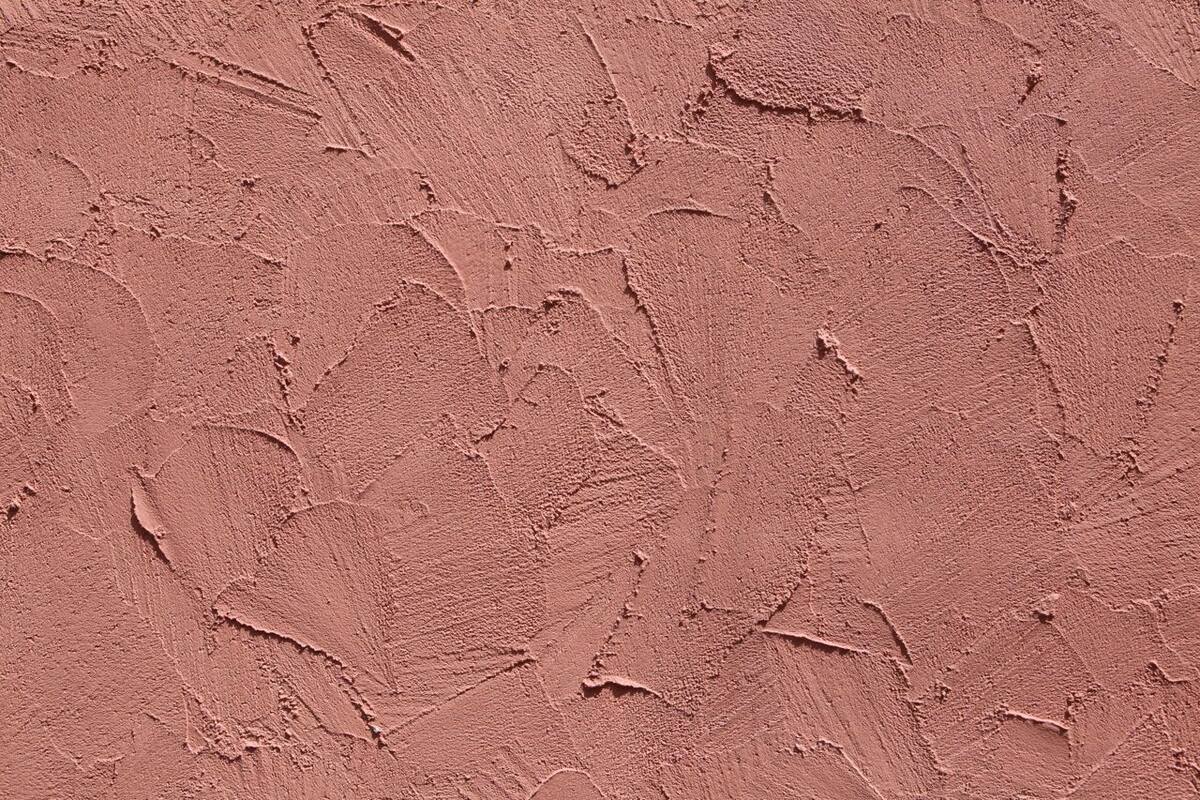
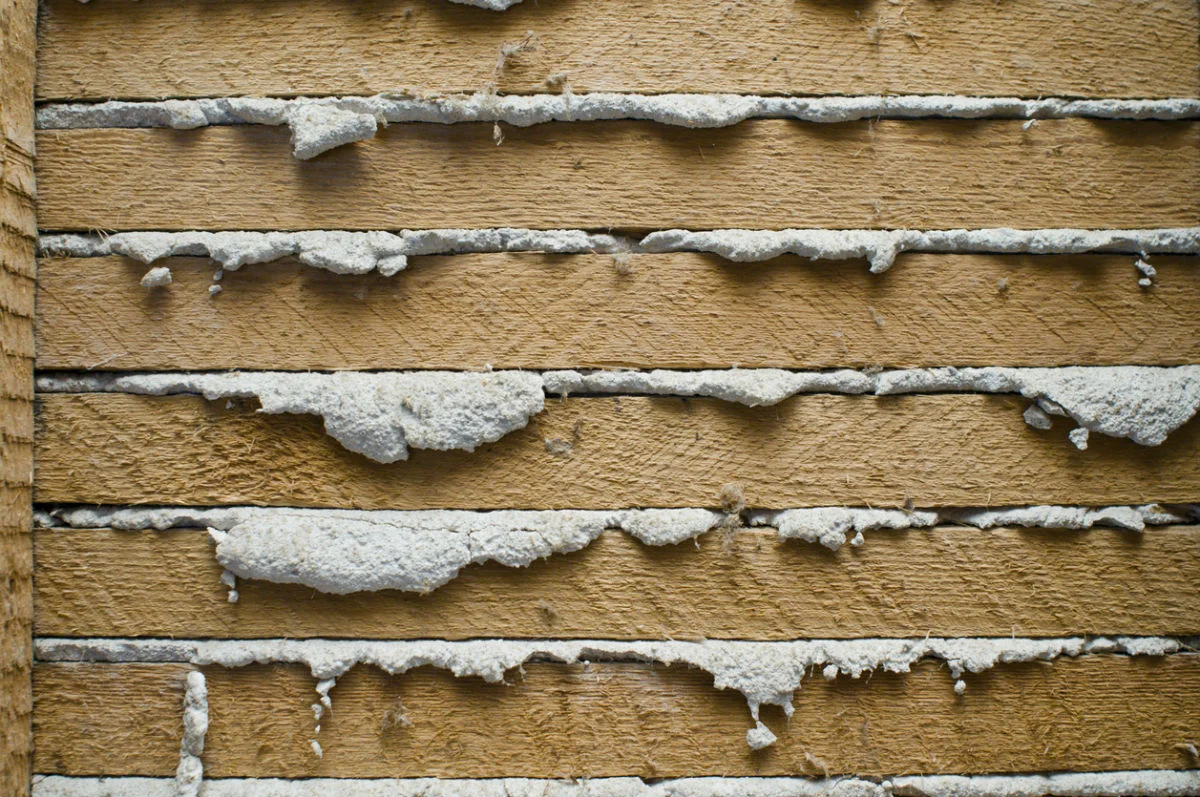
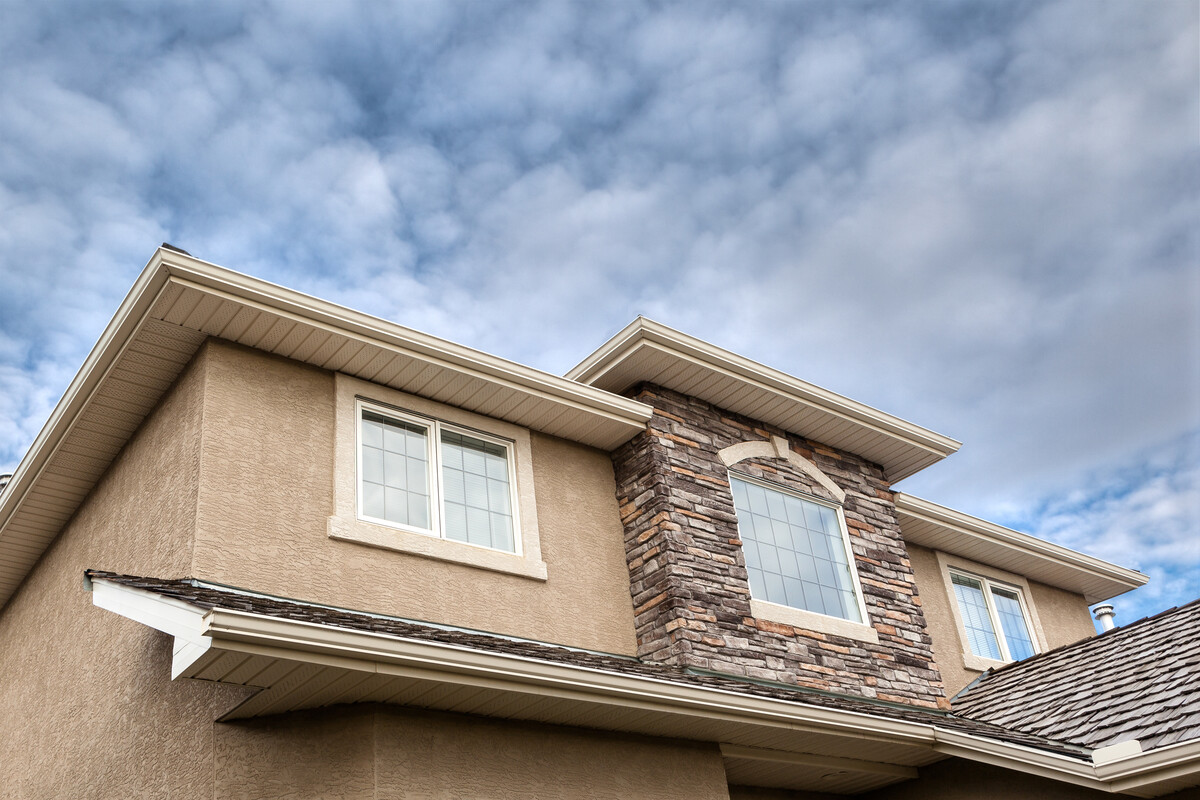
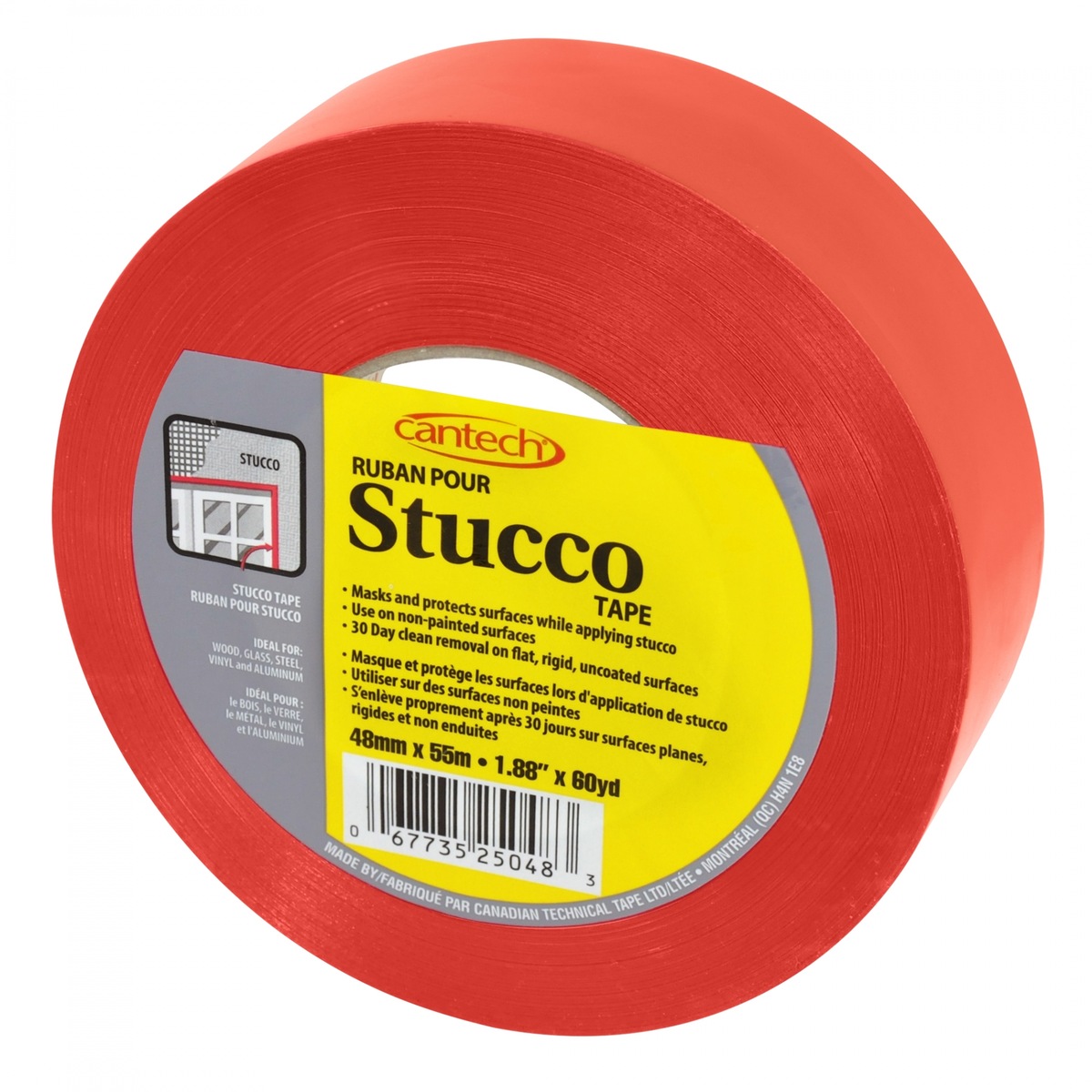
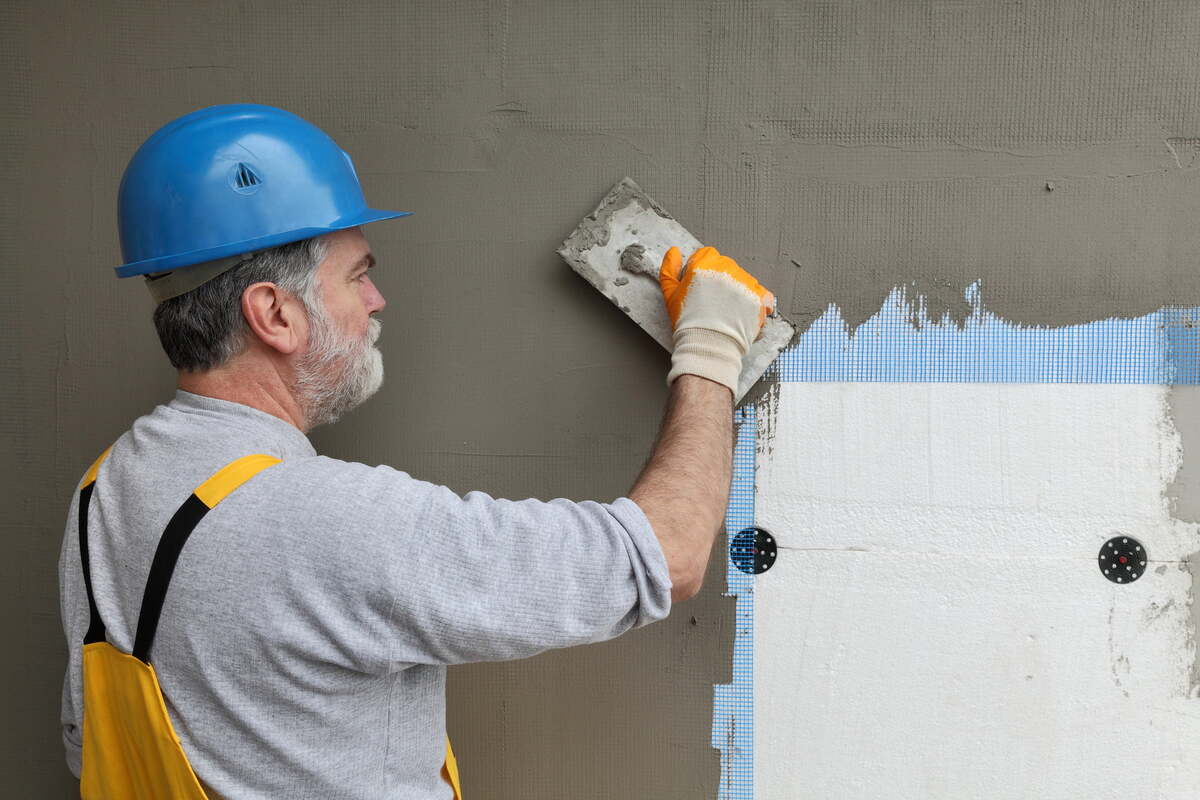
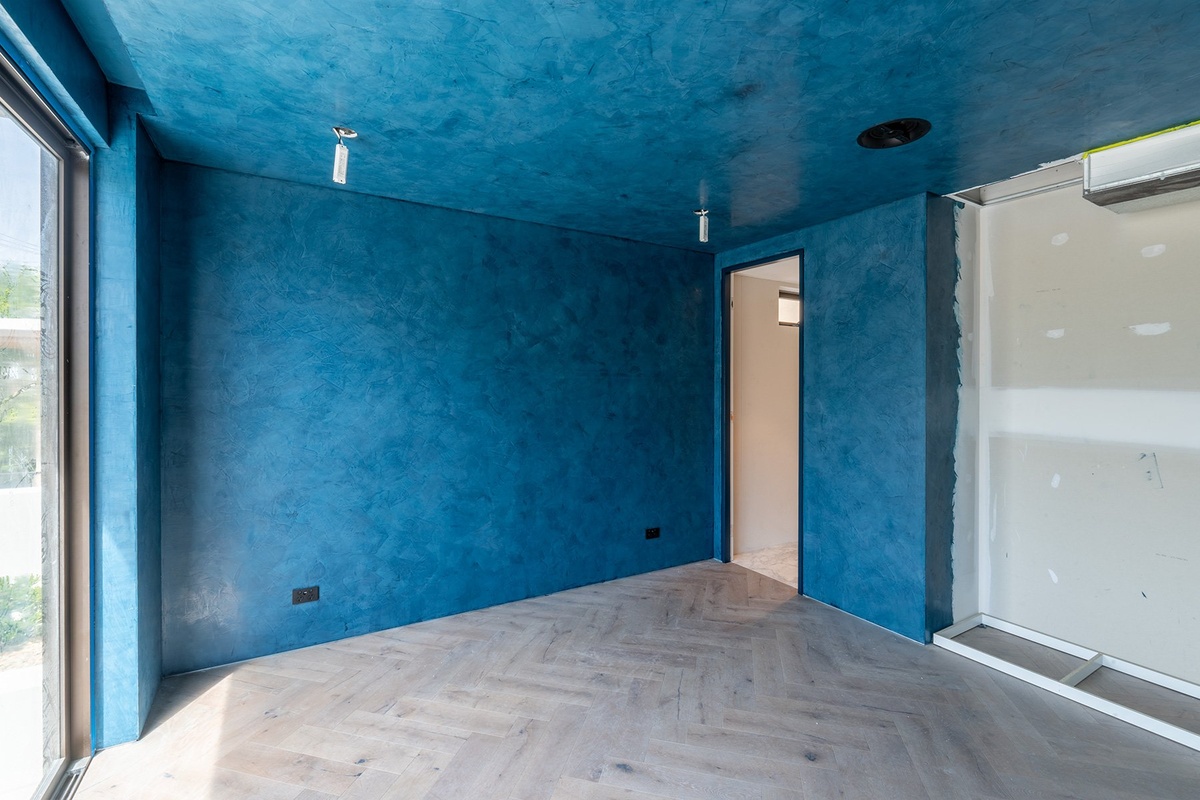
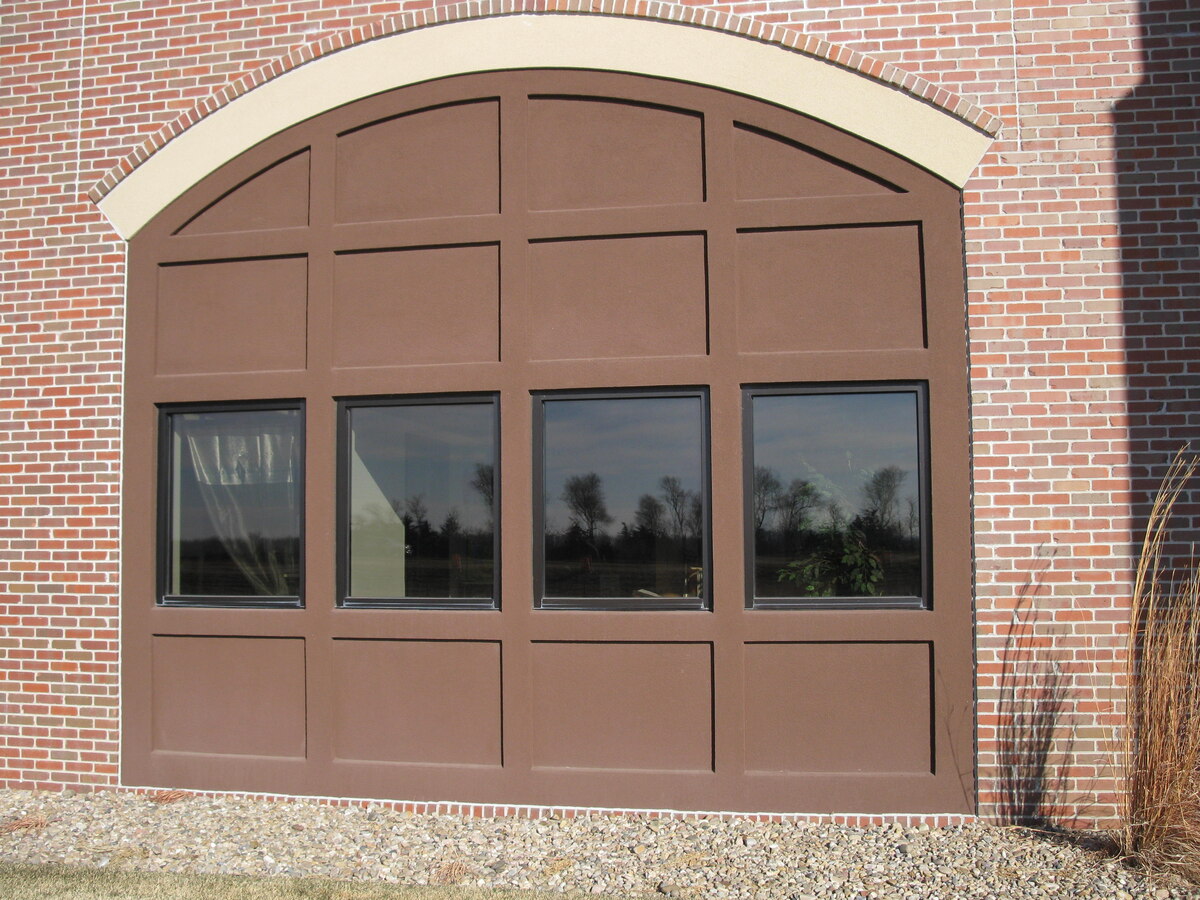
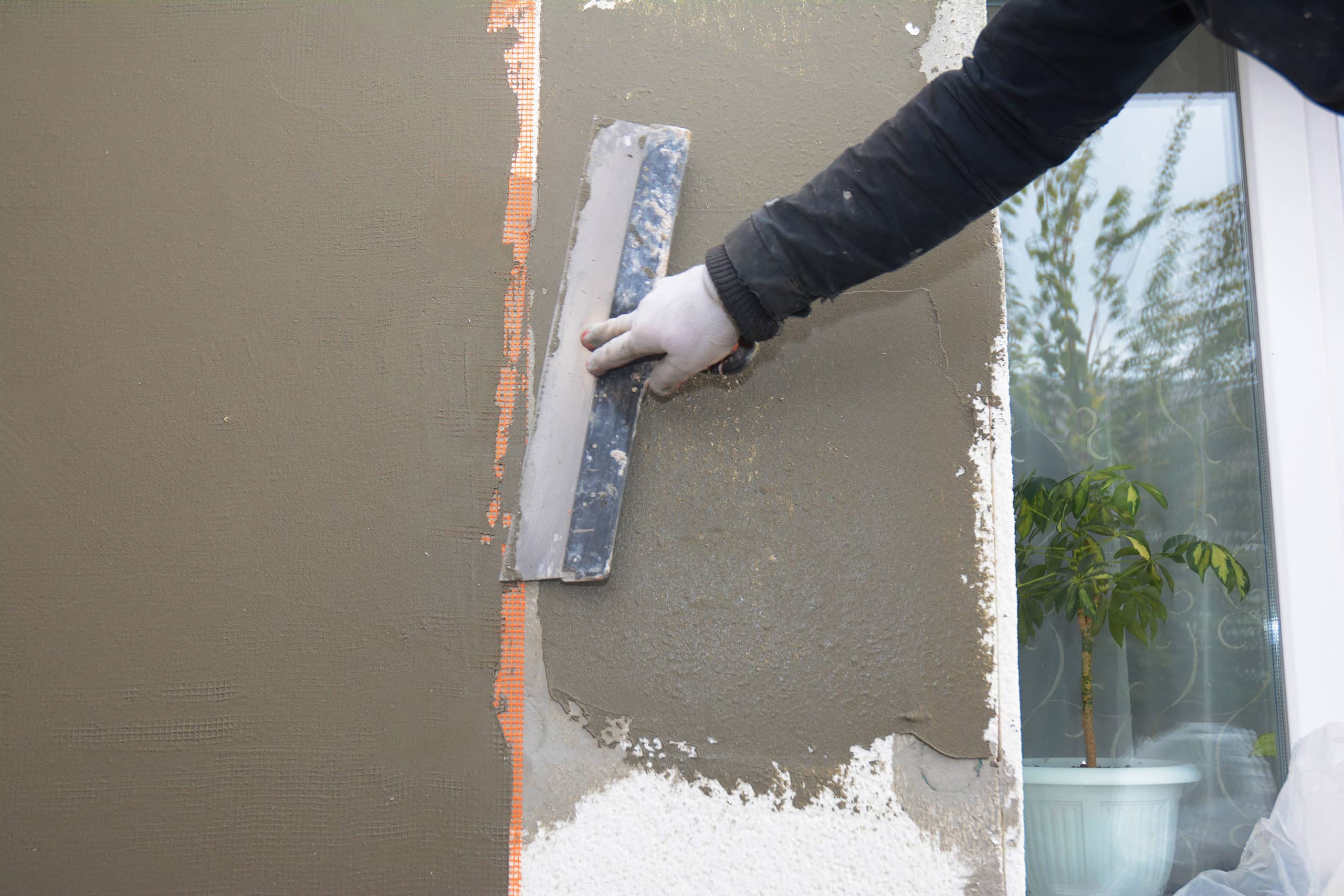
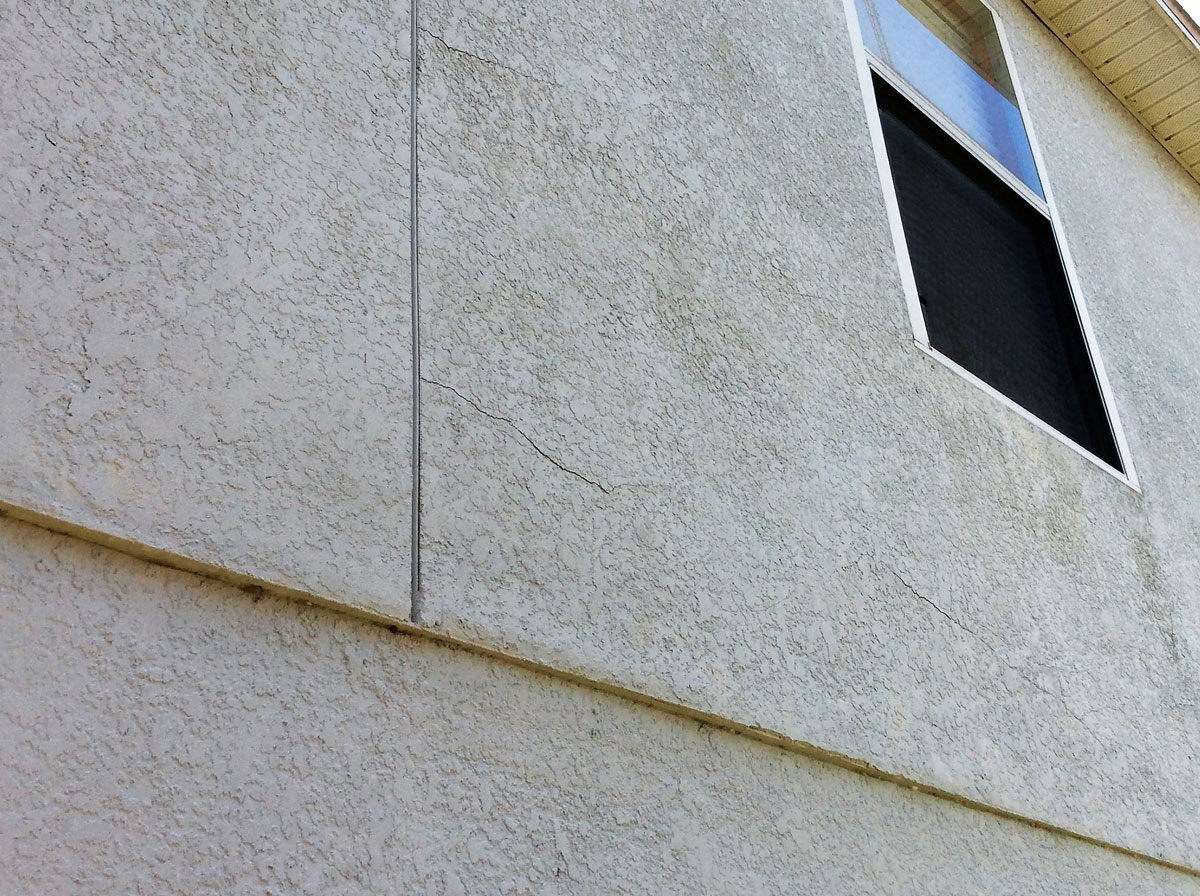
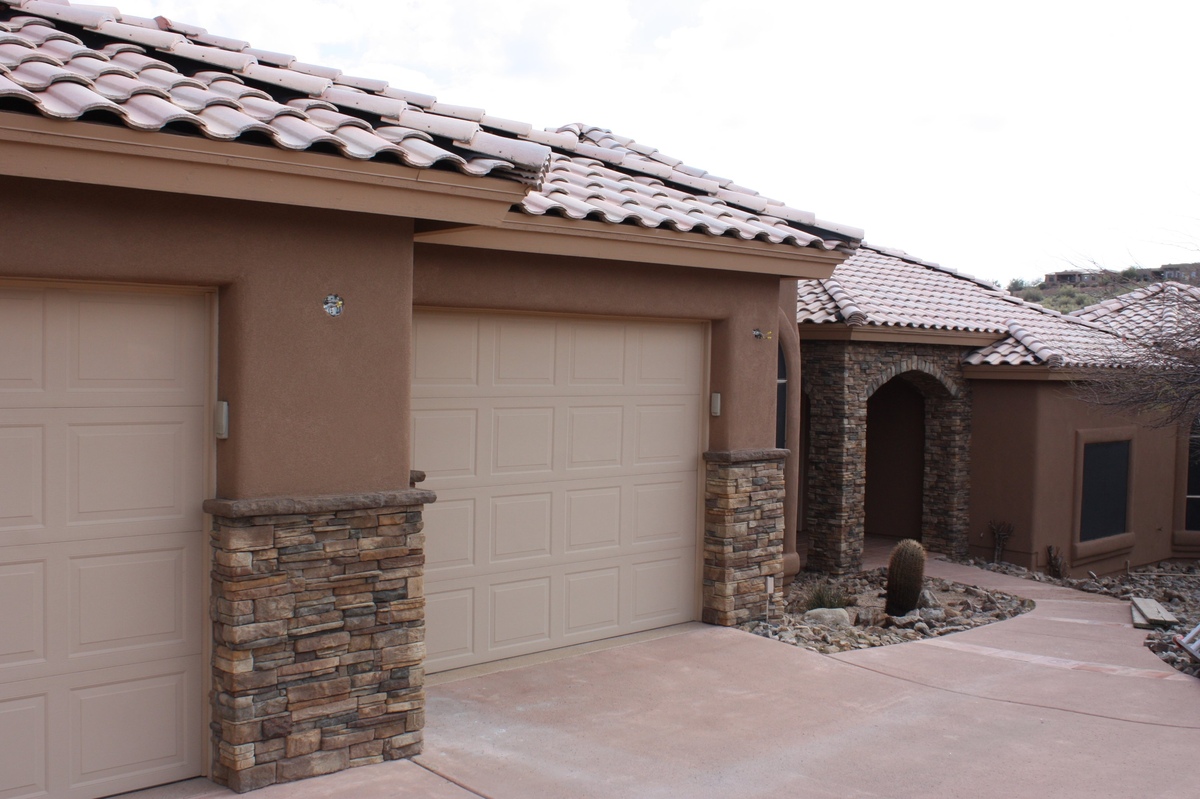
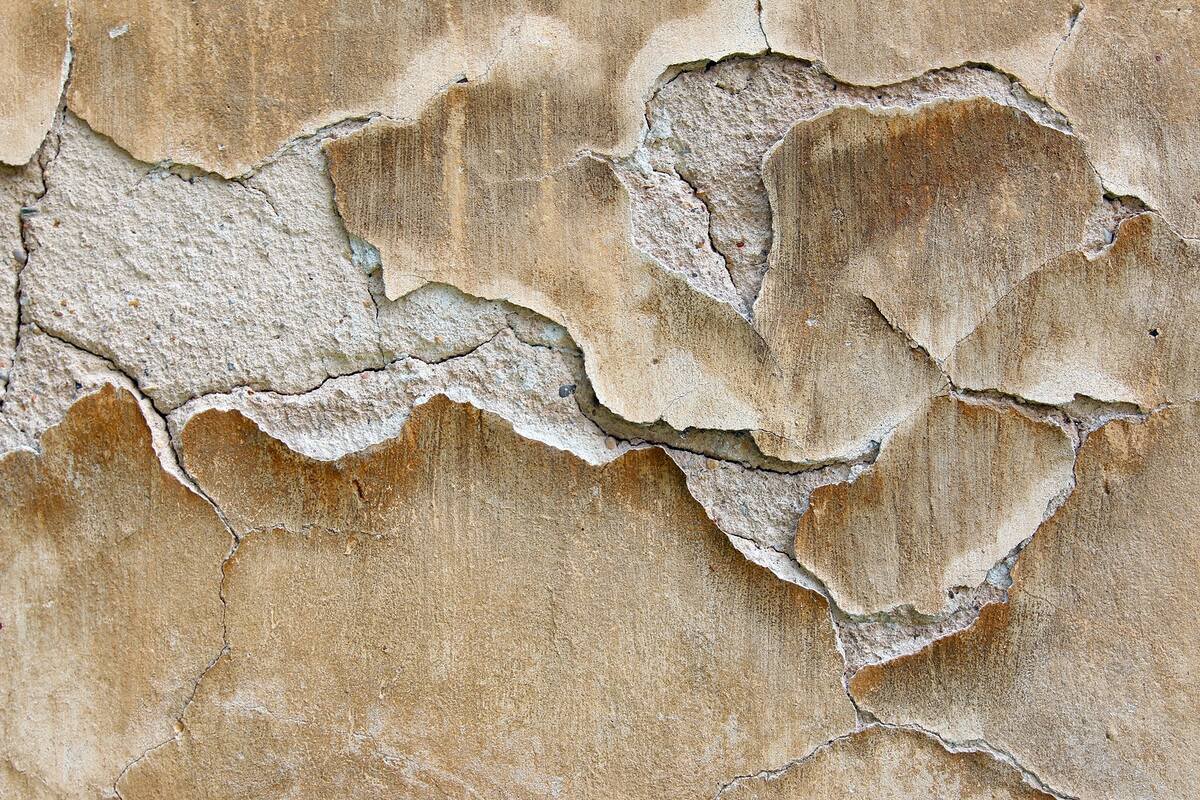
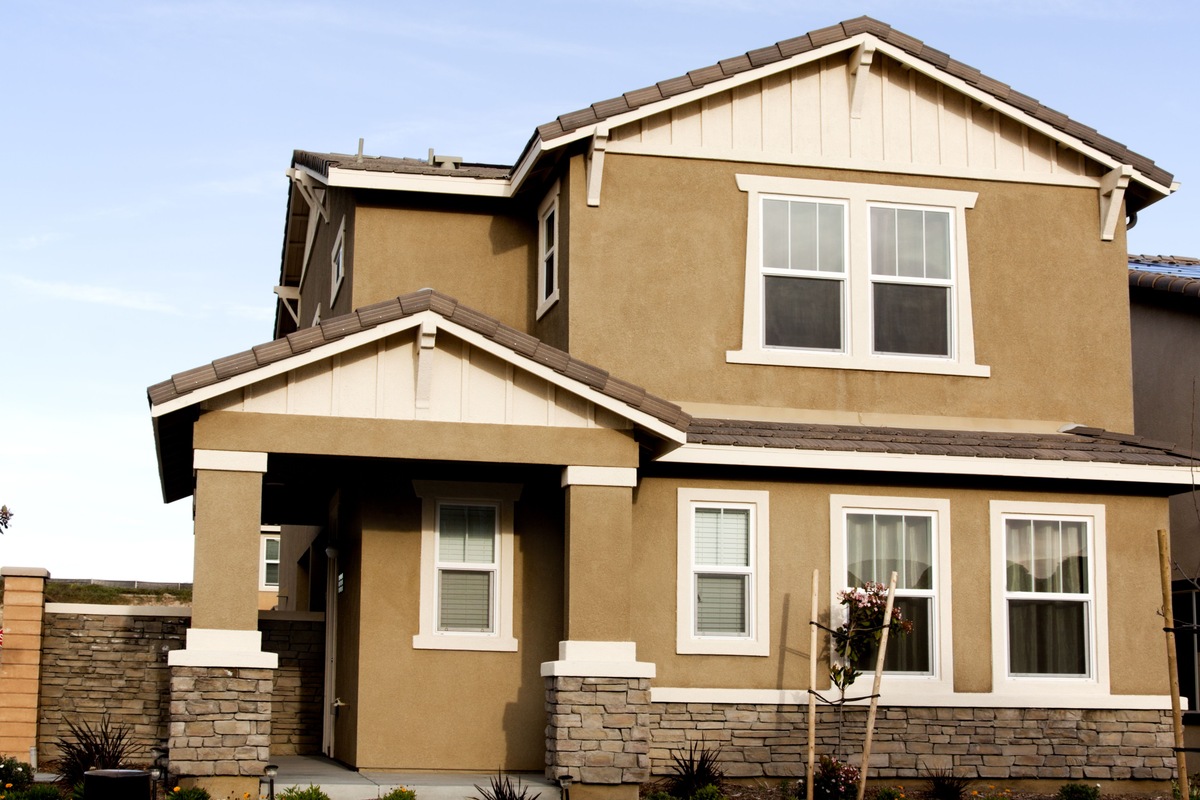

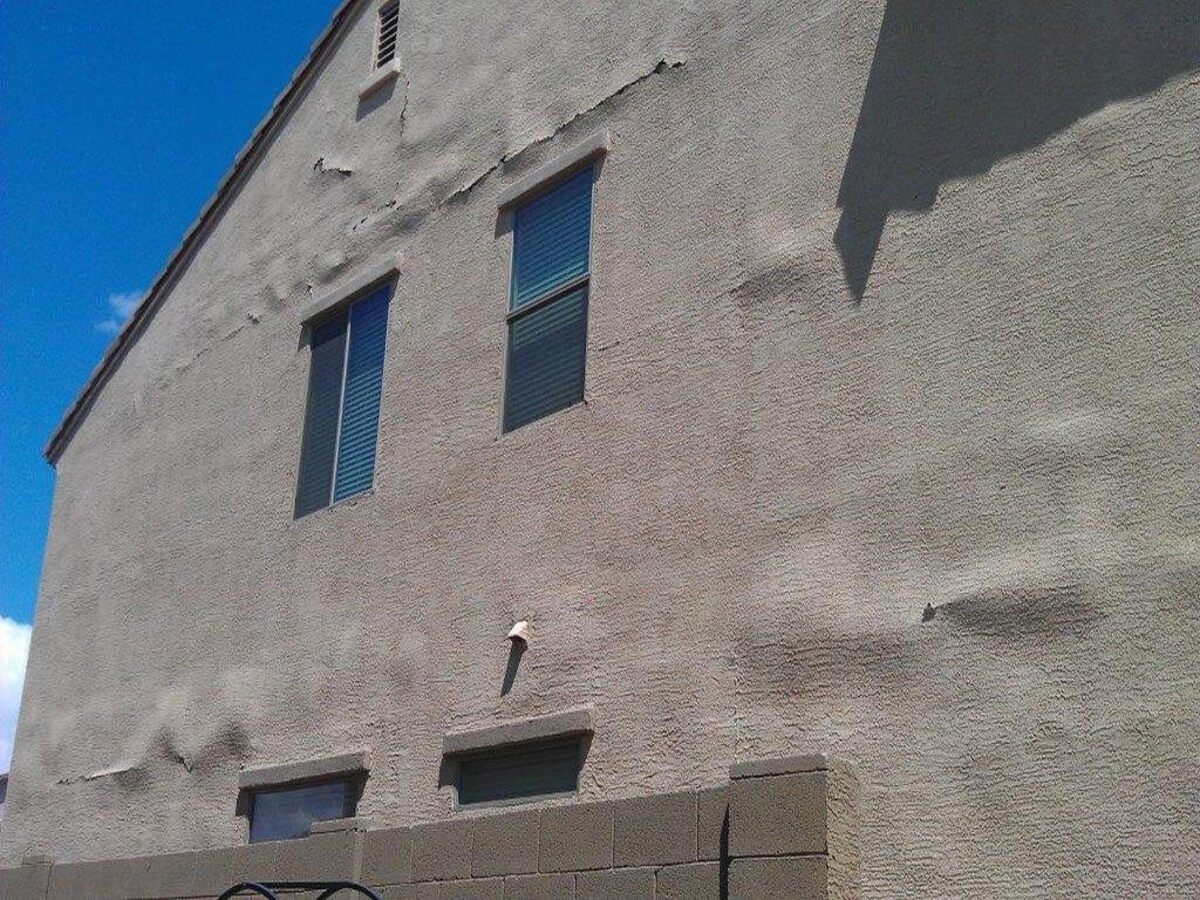

0 thoughts on “What Division Is Stucco”